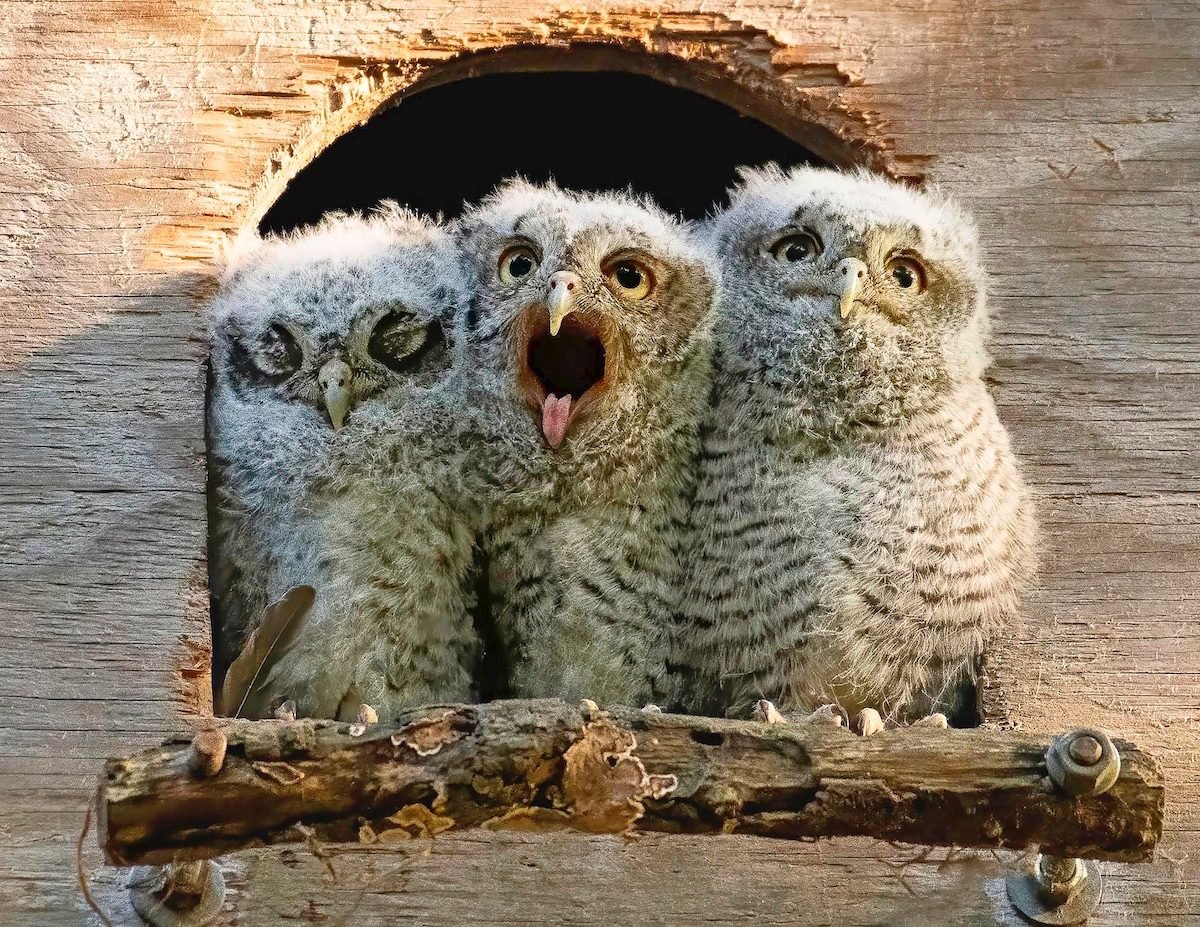
Baby Owls: A Comprehensive Guide to Their Development and Care
Introduction
Owls, with their captivating eyes, nocturnal habits, and distinctive hooting calls, have long fascinated humans. Among the most adorable and enigmatic of these avian creatures are baby owls, also known as owlets. These fluffy bundles of feathers undergo a remarkable transformation from helpless hatchlings to independent predators. This comprehensive guide delves into the fascinating world of baby owls, exploring their development, behavior, and the essential care they require to thrive.
Hatching and Early Development
Baby owls, or owlets, emerge from their eggs after an incubation period that varies depending on the species. Typically, owlets hatch with their eyes closed and covered in a soft, downy plumage. They are entirely dependent on their parents for food, warmth, and protection.
During the first few weeks of life, owlets remain in the nest, where they are constantly brooded by their mother. The father owl is responsible for providing food, which he regurgitates into the mouths of his hungry offspring. As the owlets grow, they begin to develop their own feathers and open their eyes.
Growth and Development
As owlets mature, they undergo a series of developmental milestones. At around 3-4 weeks of age, they start to venture outside the nest, exploring their surroundings under the watchful eyes of their parents. By 6-8 weeks, they are fully feathered and capable of short flights.
During this period of rapid growth, owlets require a high-protein diet to support their development. They primarily consume small rodents, such as mice and voles, which their parents hunt and bring to the nest. As they become more independent, owlets begin to hunt on their own, honing their skills as nocturnal predators.
Behavior and Vocalizations
Baby owls exhibit a range of behaviors that are both endearing and fascinating. They are often playful and curious, engaging in mock fights and exploring their surroundings. Owlets also communicate with their parents and siblings through a variety of vocalizations, including soft chirps, whistles, and hoots.
One of the most distinctive characteristics of baby owls is their large, expressive eyes. These eyes are adapted for nocturnal vision, allowing owlets to navigate in the darkness. As they mature, their eyes gradually change color, becoming more yellow or orange.
Care and Conservation
Baby owls are vulnerable creatures that require specialized care to survive. If you encounter a baby owl outside of its nest, it is crucial to contact a licensed wildlife rehabilitator immediately. Attempting to care for an owlet on your own can be detrimental to its health and well-being.
Wildlife rehabilitators provide essential care for injured, orphaned, or abandoned baby owls. They offer proper nutrition, medical treatment, and a safe environment where owlets can develop and prepare for release back into the wild.
Conservation efforts are also vital for the survival of baby owls and their populations. Protecting their habitats, reducing light pollution, and minimizing human disturbance are crucial steps in ensuring the well-being of these magnificent creatures.
Conclusion
Baby owls are captivating and enigmatic creatures that play an important role in the ecosystem. Understanding their development, behavior, and care requirements is essential for their conservation and well-being. By respecting their natural habitats, providing support to wildlife rehabilitators, and raising awareness about the importance of these birds, we can help ensure that future generations can continue to marvel at the beauty and wonder of baby owls.
